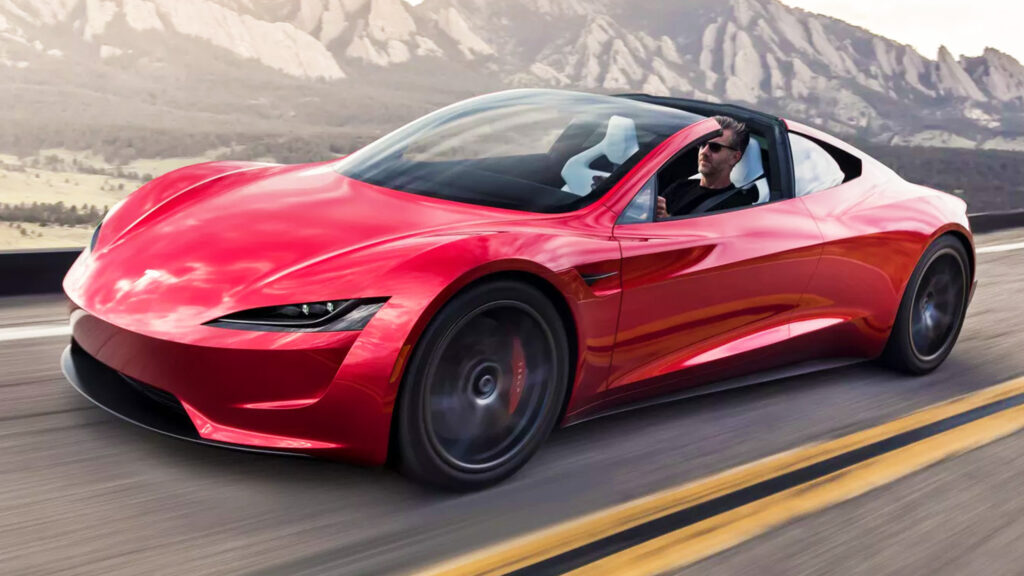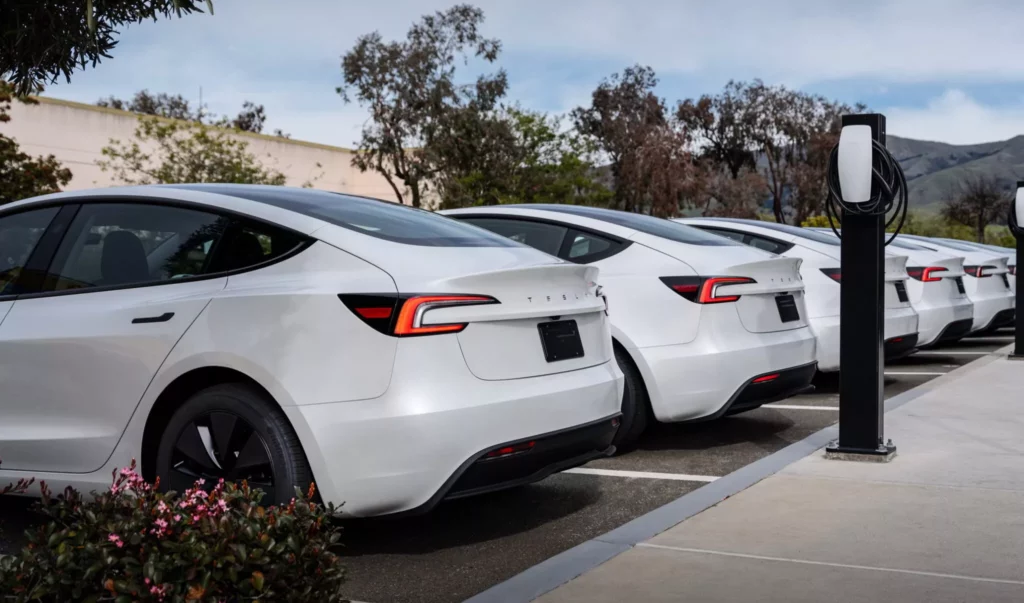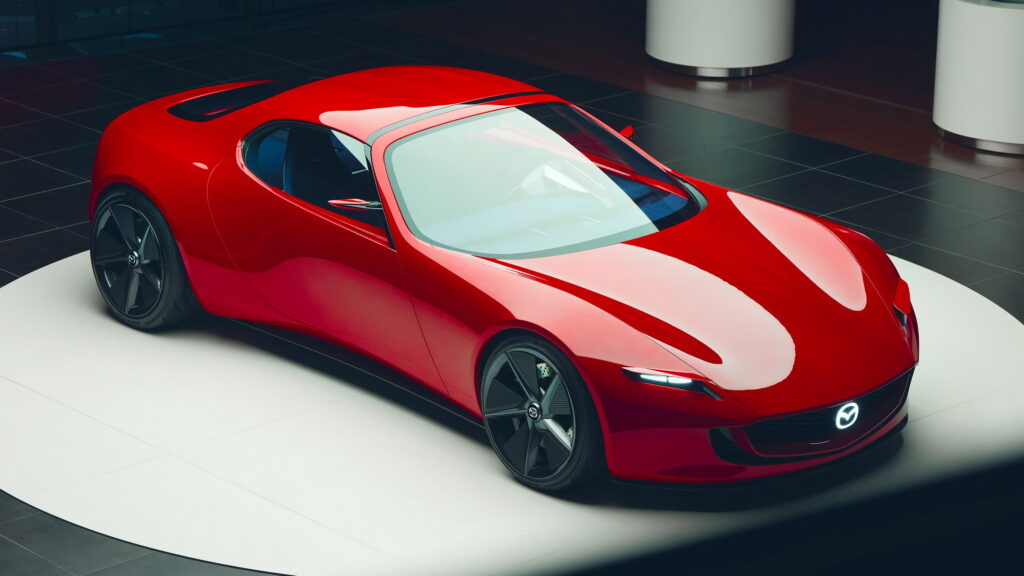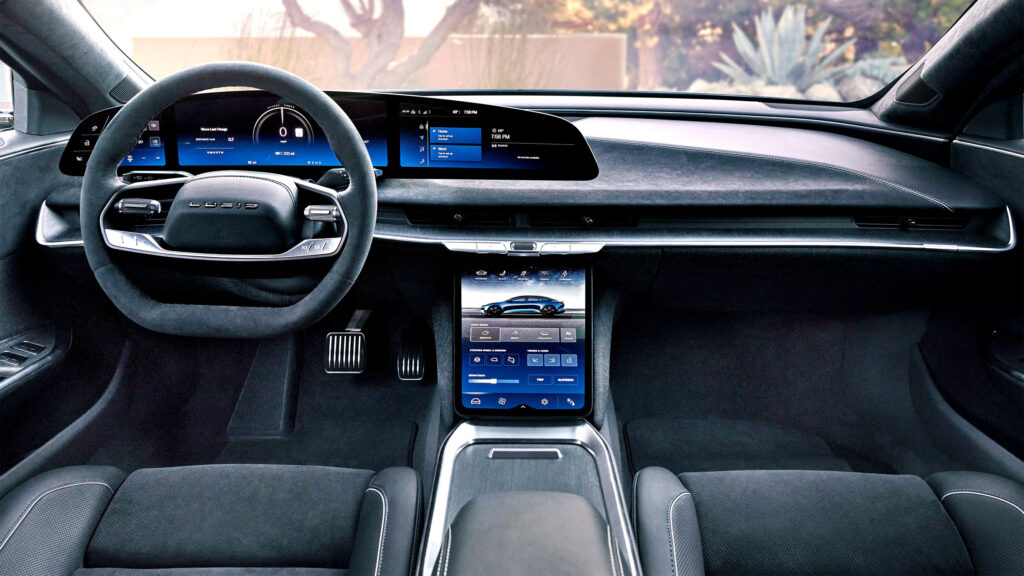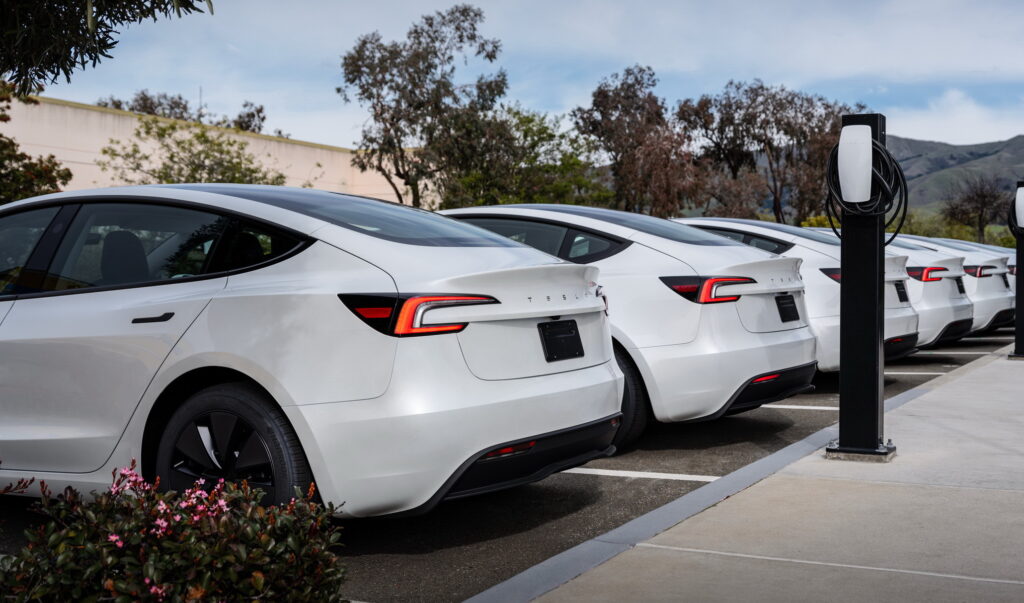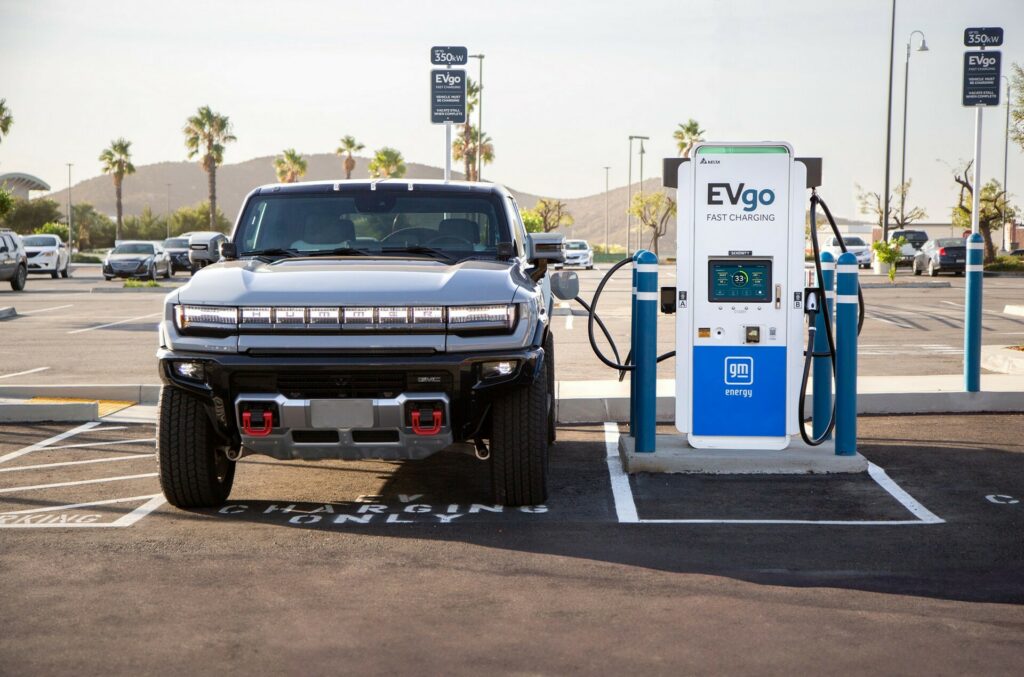Genesis’ Flagship SUV Is Hiding A Secret Worthy Of Rolls-Royce
- The upcoming Genesis GV90 is stripping down and revealing new details.
- The latest prototype is equipped with Rolls-Royce style coach doors.
- The electric crossover is expected to ride on a new platform and feature the latest tech.
This month marks the third anniversary of the first GV90 spy photos, but the wait is almost over. That’s clear from the latest batch of pictures, which reveal a modestly camouflaged prototype with coach doors.
Caught undergoing testing in Europe, the brand’s flagship crossover follows in the footsteps of the Neolun concept and features a triangular grille with split lighting units. They’re joined by a sizable lower intake, which is divided into two different sections each sporting a unique diamond mesh pattern.
More: Genesis’ New Flagship Looks Like A Giant Minivan
The profile closely echoes the original concept, but the road-going model sports traditional mirrors and flush-mounted door handles. The latter are placed front to back, just like a Rolls-Royce.
Other notable highlights include a pronounced shoulder line, bright window trim, and a rear-mounted charging port. It’s also worth mentioning the visible part of the third-quarter glass is significantly smaller than the window itself.
shproshots
Out back, there’s a large liftgate with a rectangular window. They’re accompanied by split taillights and a bumper with a large recess.
While the exterior looks a little dull, the interior aims to be a luxurious oasis. Previous spy photos have shown an elegant second-row with captain’s chairs separated by a large center console. The latter appears to house a wireless smartphone charger as well as an integrated tablet.

Baldauf
We can also expect a minimalist cockpit that eschews a traditional instrument cluster. Instead, there will be a large center-mounted display that mimics Tesla’s setup.
Genesis has been tight-lipped about the crossover, but it’s rumored to ride on the new eM platform. It’s expected to be an evolution of the existing E-GMP architecture, and this means the GV90 should be more advanced than the similar Kia EV9 and Hyundai Ioniq 9.
The latter features a 110.3 kWh battery pack as well as a dual-motor all-wheel drive system producing up to 422 hp (315 kW / 429 PS) and 516 lb-ft (700 Nm) of torque. With that powertrain, the model has a range of 311 miles (501 km).




